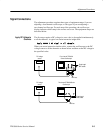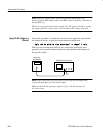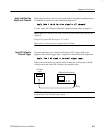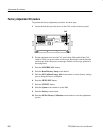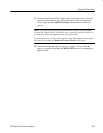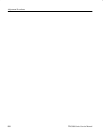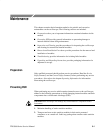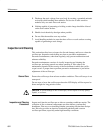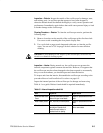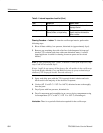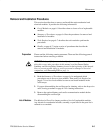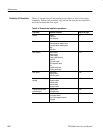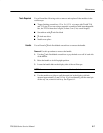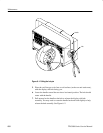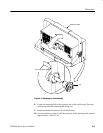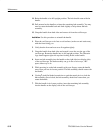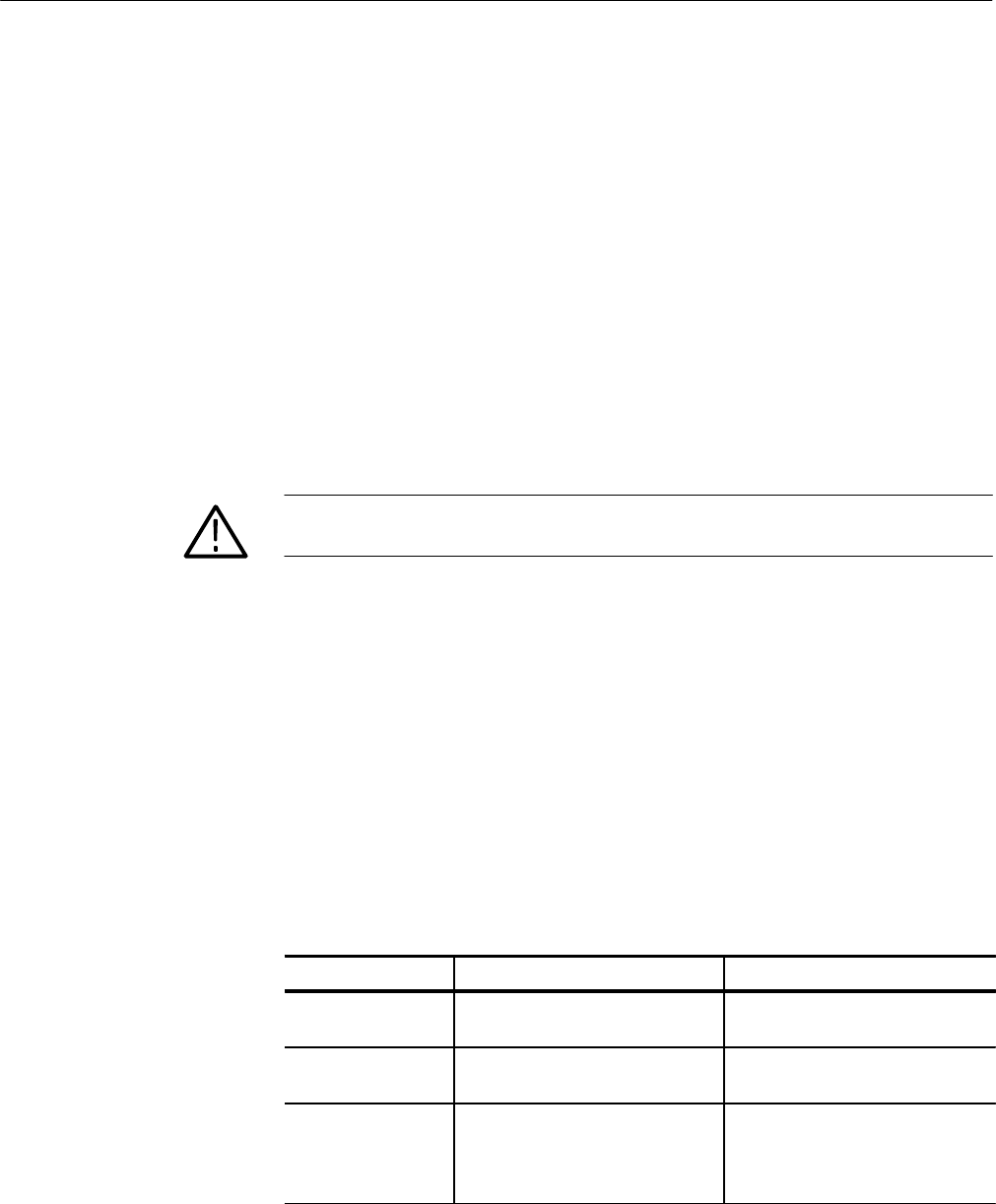
Maintenance
TDS3000 Series Service Manual
6–3
Inspection — Exterior. Inspect the outside of the oscilloscope for damage, wear,
and missing parts. An oscilloscope that appears to have been dropped or
otherwise abused should be checked thoroughly to verify correct operation and
performance. Immediately repair defects that could cause personal injury or lead
to further damage to the oscilloscope.
Cleaning Procedure — Exterior. To clean the oscilloscope exterior, perform the
following steps:
1. Remove loose dust on the outside of the oscilloscope with a lint free cloth.
Use care to avoid scratching the clear plastic display filter.
2. Use a soft cloth or paper towel dampened with water to clean the oscillo-
scope. You can use a 75% isopropyl alcohol solution for more efficient
cleaning.
CAUTION. To avoid damage to the surface of the oscilloscope, do not use any
abrasive or chemical cleaning agents.
Inspection — Interior. During normal use, the oscilloscope case protects the
internal components against common dust and dirt. However, if it appears that
the oscilloscope may have been damaged or has been exposed to an unusually
dirty or wet environment, you should inspect and clean the interior.
To inspect and clean the interior, disassemble the oscilloscope according to the
procedure Removal and Installation Procedures on page 6–5.
Inspect the internal portions of the oscilloscope for damage and wear using
Table 6–1 as a guide. Defects found should be repaired immediately.
Table 6–1: Internal inspection check list
Item Inspect for Repair action
Front and Rear Case
Cover
Cracks or deformations. Broken
doors or hinges. Loose labels.
Repair or replace defective hard-
ware.
Metal chassis pieces Bent, fractured, or broken pieces. Repair or replace defective hard-
ware.
Circuit boards Loose, broken, or corroded solder
connections. Burned circuit
boards. Burned, broken, or
cracked circuit-run plating.
Remove failed module and replace
with a new module.



